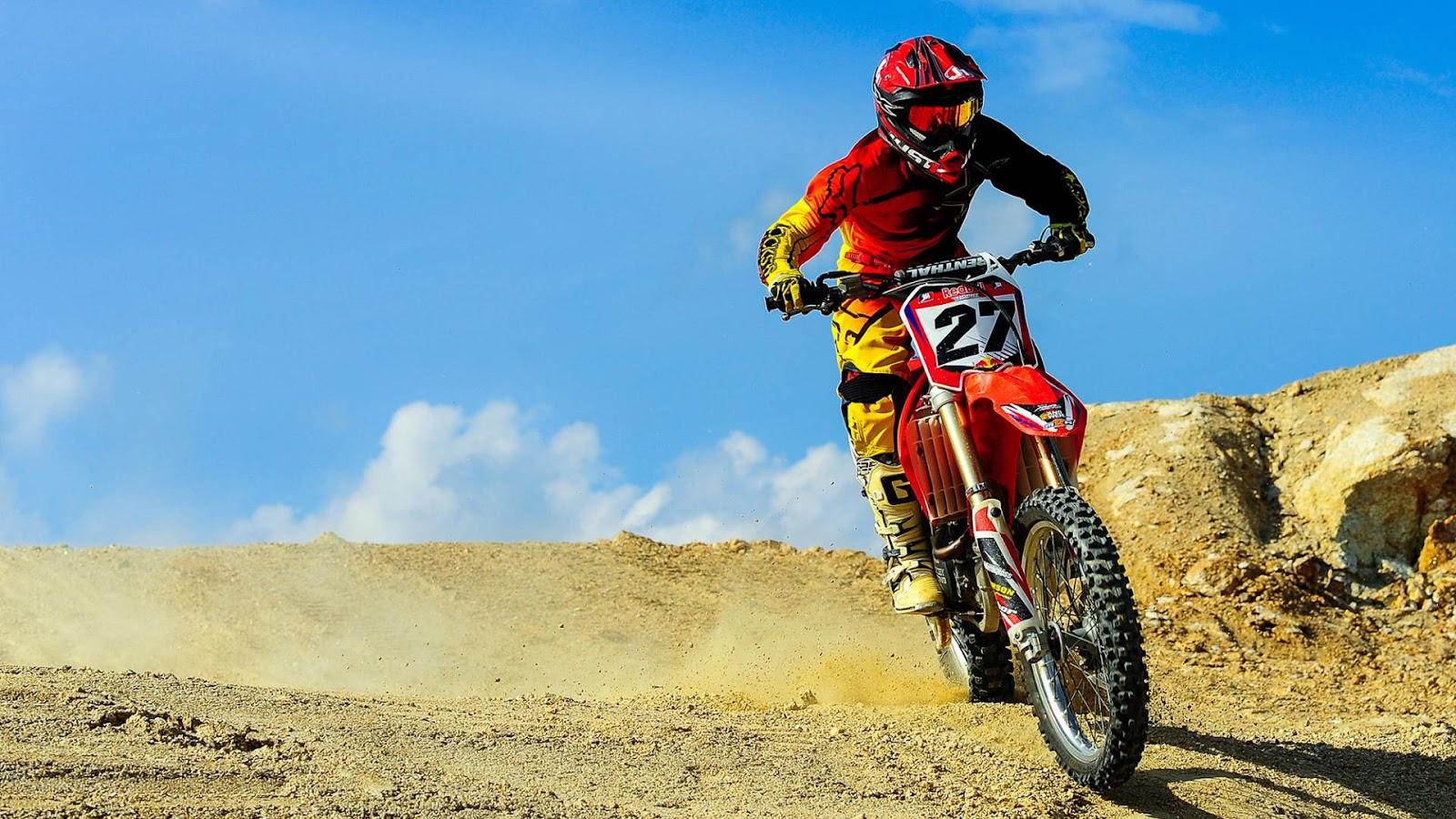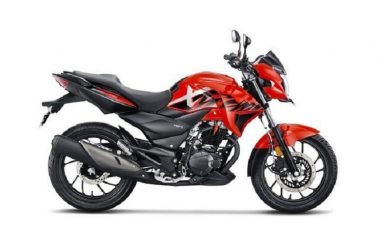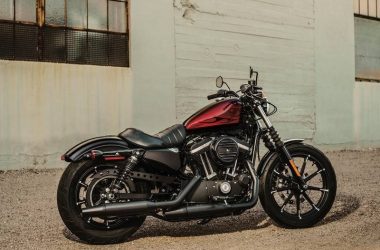Dirt biking is an exhilarating and adrenaline-pumping sport that draws riders from all walks of life. The thrill of tearing through rugged terrains, conquering obstacles, and feeling the wind rush past is undoubtedly one of the most exciting experiences. However, amidst the excitement, there’s an alarming and sobering fact that every dirt bike enthusiast must acknowledge: the risk of head injuries in dirt bike accidents is a harsh reality. In this blog post, we’ll delve into the staggering statistics surrounding head injuries in dirt biking and highlight the indisputable importance of wearing a helmet to safeguard your brain.
The Alarming Statistics
Dirt biking, with its off-road nature and high speeds, inherently carries risks. According to the U.S. Consumer Product Safety Commission (CPSC), dirt bike-related injuries account for thousands of emergency room visits each year. While these injuries can range from broken bones to cuts and bruises, the most concerning aspect is the frequency of head injuries.
1. The Prevalence of Head Injuries
Head injuries are disturbingly common in dirt bike accidents. The CPSC reports that head injuries account for a significant portion of these accidents, with traumatic brain injuries (TBIs) being a particularly grave concern. TBIs can range from concussions to severe, life-altering brain damage. Each year, numerous dirt bike riders suffer the devastating consequences of not protecting their heads adequately.
2. Risk Factors in Dirt Biking
Dirt biking often involves high-speed riding, challenging terrain, and daring stunts. While these elements contribute to the thrill, they also elevate the risk of accidents. Riders can lose control of their bikes, collide with obstacles, or be thrown off during jumps, all of which can lead to head injuries. Additionally, the lack of protective barriers commonly found on paved roads increases the severity of accidents in off-road environments.
The Critical Role of Helmets
Now that we’ve established the grim reality of head injuries in dirt biking, let’s focus on the key solution: wearing a helmet. Helmets are not mere accessories or optional gear; they are a rider’s most vital safety equipment. Here’s why they are unquestionably essential:
1. Impact Protection
The primary function of a dirt bike helmet is to absorb and disperse the force of an impact. Helmets are engineered with multiple layers, including a hard outer shell and an inner foam liner (usually made of expanded polystyrene or EPS). In the event of a crash, the helmet absorbs the energy, reducing the force transmitted to the rider’s head. This crucial feature can mean the difference between a minor concussion and a life-threatening brain injury.
2. Prevention of Skull Fractures
Helmets also protect the rider from skull fractures. A hard blow to the head can result in the fracturing of the skull, which can lead to severe brain damage or even death. The helmet’s sturdy construction acts as a barrier that significantly reduces the risk of such fractures, preserving the integrity of the skull.
3. Shielding Against Debris
Dirt biking often takes riders through rough, unpredictable terrain where rocks, branches, and debris can become airborne hazards. A helmet with a visor or face shield not only protects against direct impacts but also shields the rider’s face and eyes from potentially blinding debris.
4. Absorption of Rotational Forces
Modern helmets are designed to mitigate rotational forces, which are a leading cause of concussions and more severe TBIs. Many helmets incorporate technologies like MIPS (Multi-Directional Impact Protection System) that allow the helmet to move slightly upon impact, reducing the rotational forces transmitted to the brain.
5. Legal Requirements and Standards
In many regions, wearing a helmet while riding a dirt bike is not just a matter of personal safety; it’s the law. Various safety standards, such as DOT (Department of Transportation), ECE (Economic Commission for Europe), and Snell, exist to ensure helmets meet minimum safety requirements. Riders should always opt for helmets that comply with these standards.
Conclusion
The statistics are clear: head injuries in dirt bike accidents are alarmingly prevalent and can have devastating consequences. Every time a rider swings a leg over their bike, they are taking a calculated risk, but there is one aspect of risk management that should never be ignored – wearing a helmet. A high-quality dirt bike helmet is not an optional accessory; it is the most critical piece of safety gear that a rider can invest in.
The role of a helmet is straightforward: it can save lives, prevent traumatic brain injuries, and safeguard against skull fractures. In the world of dirt biking, where adrenaline runs high and the terrain is unforgiving, the protection offered by a helmet is unparalleled.
Riders, whether veterans or beginners, must prioritize their safety by always wearing a helmet that meets safety standards. It’s a decision that could be the difference between a thrilling ride and a life-altering accident. Protect your brain, protect your life – wear a helmet on your dirt bike, no excuses.










